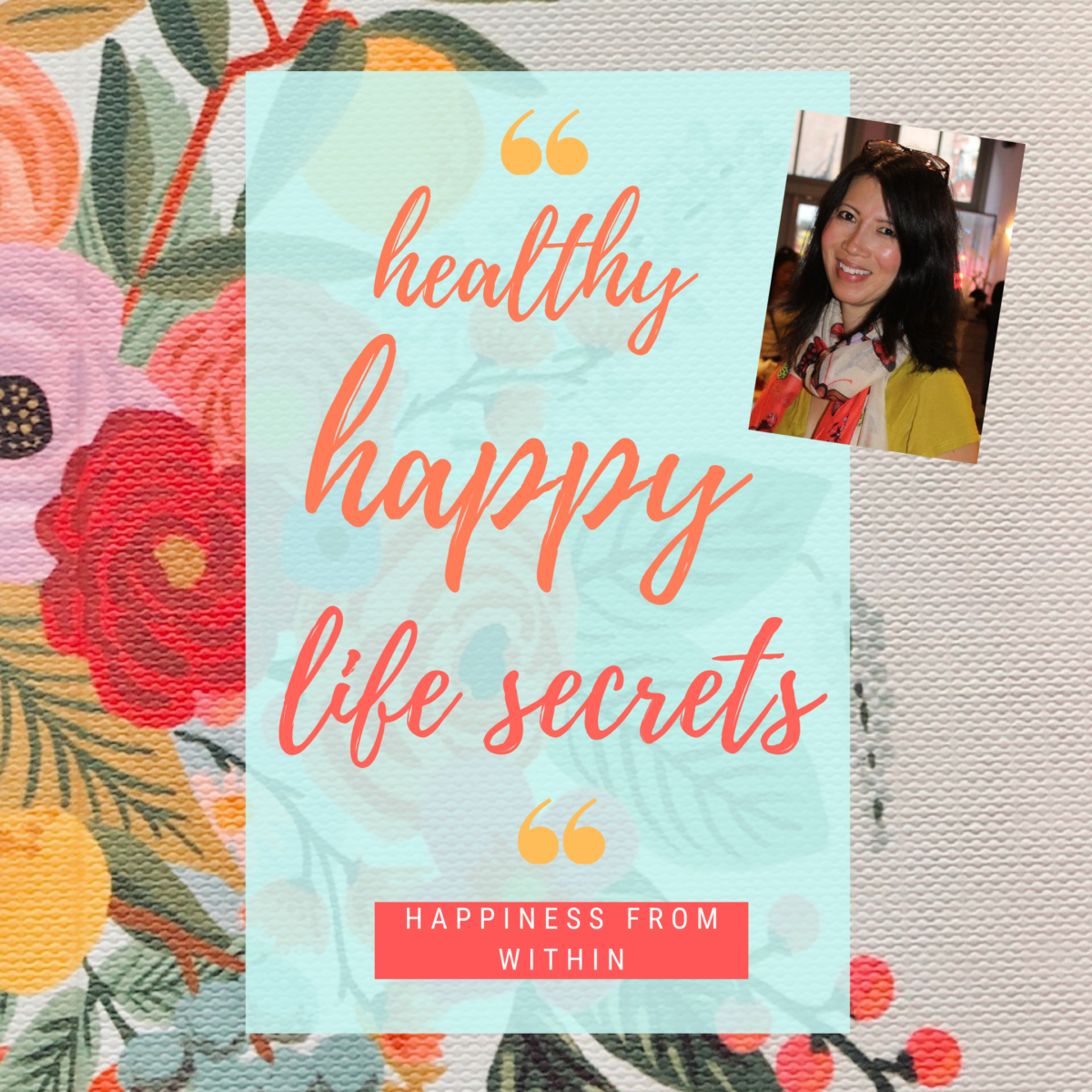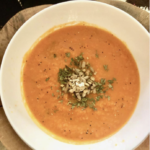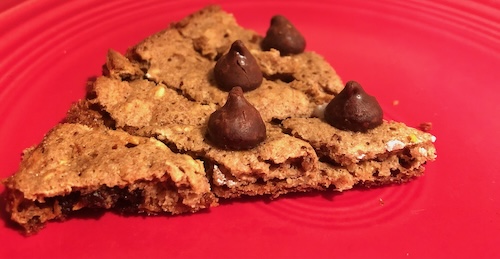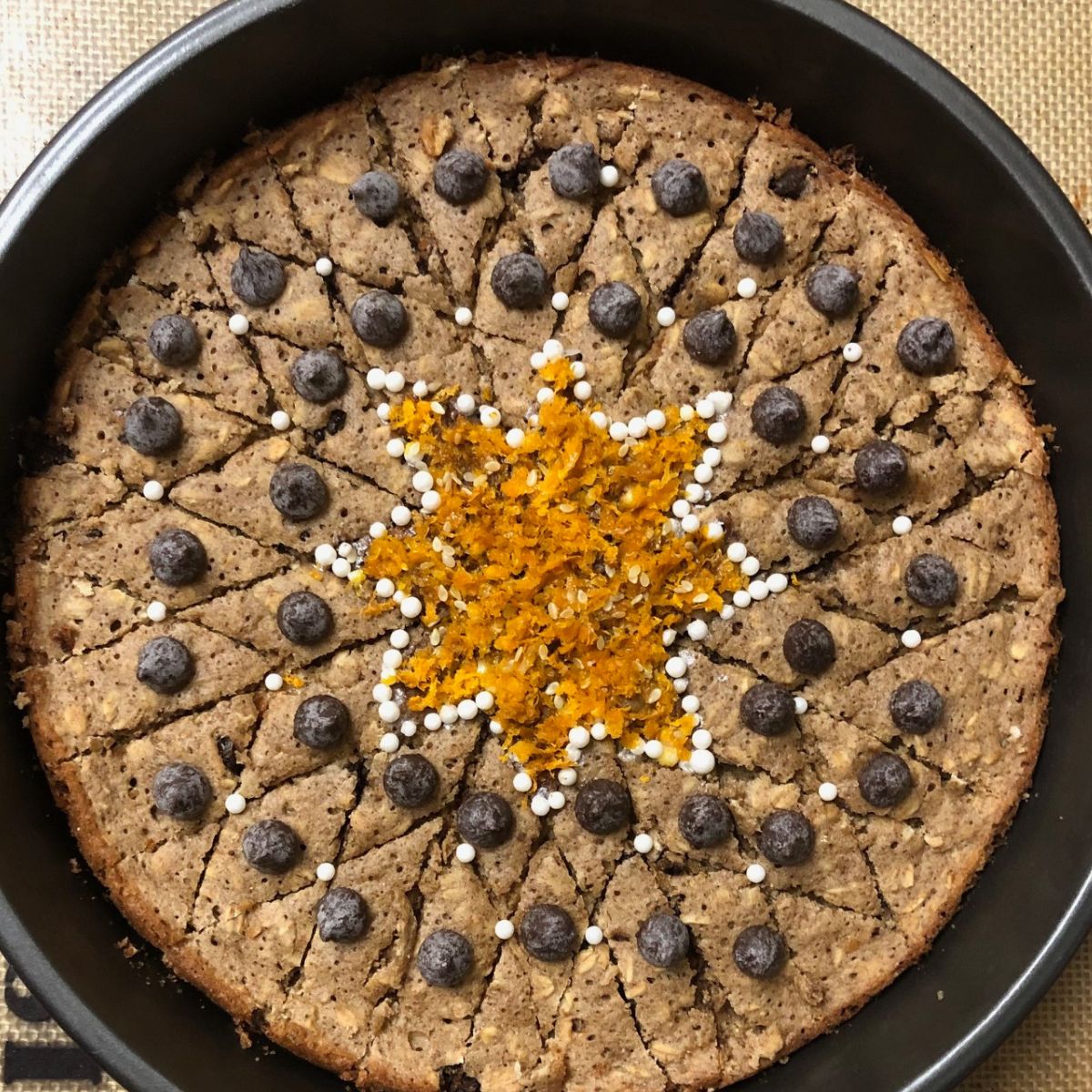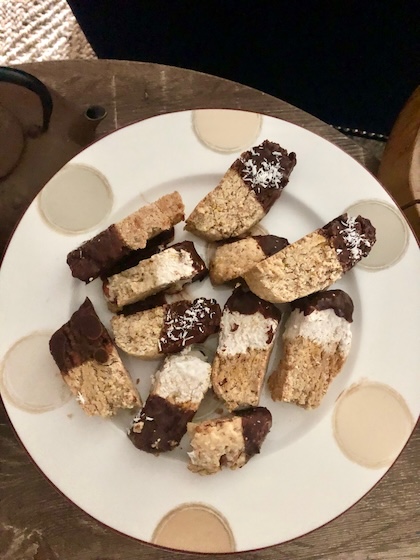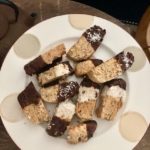Low sodium healthy soup is easy when you make your own!
I have 3 recipes below with carrots, mushrooms, and potatoes that you can make (with low sodium and sea salt if you like).
Before 2020, I never made my own soups. And today, I only keep a backup can in my pantry.
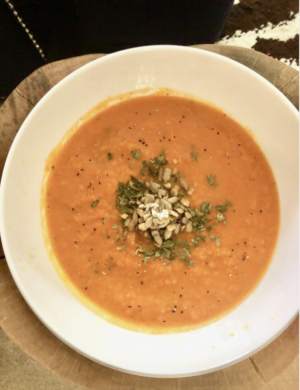
And you can too!… if that’s what you aspire to even if you don’t know how JUST YET.
But with delicious plant-based ingredients, you can make soup broths that you easily turn into clam chowder with a potato soup base.
You impress yourself and everyone you make the soup for!
After you learn to make homemade soups in simple steps, you’ll probably not go back to store soup cans as these have delicious natural flavors without all the sodium!
And you’re doing your body healthy good. And probably saving a few dollars if that matters.
And these are the 3 easy healthy soup recipes I’m sharing below:
1. Mushroom soup (with old-fashioned but not-out-of-style oats)
2. Carrot soup (with digestive-wonder root, ginger)
3. Clam chowder (New England style that’s my personal favorite made from potato soup)

If you want to skip my introduction here (even though there’s good, healthy information that I’ve wittled down and most recipe sites are longwinded ,but this recipe article is not), you won’t hurt my feelings… and you can head straight down to the easy recipes at the end. 🧡
And if you want to learn a few healthy moves, such as Ayurvedic healthy balance acts, then here we go:
Let’s start with some soup ingredients that I’ve incorporated below, were not my faves as a child. And as I grew up, I decided I like ginger when that was not my way. I gave it another try and it stuck.
Like many kids, I like processed, sugary, and salty foods and that didn’t change as I grew into my adult Vata self.
And for any of us, we can modify our choices and influence our healthy change.
You can impact and change your health one flavor (and easy healthy soup) at a time.
Vatas especially (and some Kaphas) cuddle up to comfort food in the cooler months and the soups below will be warming and great for the transition seasons.
When we have a Vata imbalance that any of us can have, we love and crave our sweet and salty balance. One minute you want a sugar fix and the next a crisp snack with salt.
If you want to learn more about what’s going on with your body now (and tips to restore), take the body balance quiz.
Most recipes you see, say “salt to taste” or a pinch of salt. In baking, there’s always a pinch of salt and it really adds to the flavor. A ¼ teaspoon is about 5-6 pinches of salt.
If a recipe calls for 1 teaspoon, I usually use A LOT less. Why? Because health is in moderation.
And as a home baker… I rarely use butter unless it’s for celebrational traditional holiday bakes or Christmas cookies and special cakes that wouldn’t be the same without… but for everyday anti-inflammatory baking, I tweak a lot.
I use healthy oils and natural sweet ingredients that help with energy. ⚡️
You can make easy cocoa balls or no-bake chai balls
And if you want to crank up the warm oven, a ball of energy bites made from wholesome grits, oatmeal, chocolate chip, Greek yogurt, whole wheat flour, applesauce, and honey.
And they’re complete yum, and NO-GUILT enjoyment, hitting the spot if you have a sweet tooth (that I’m an expert about). 😋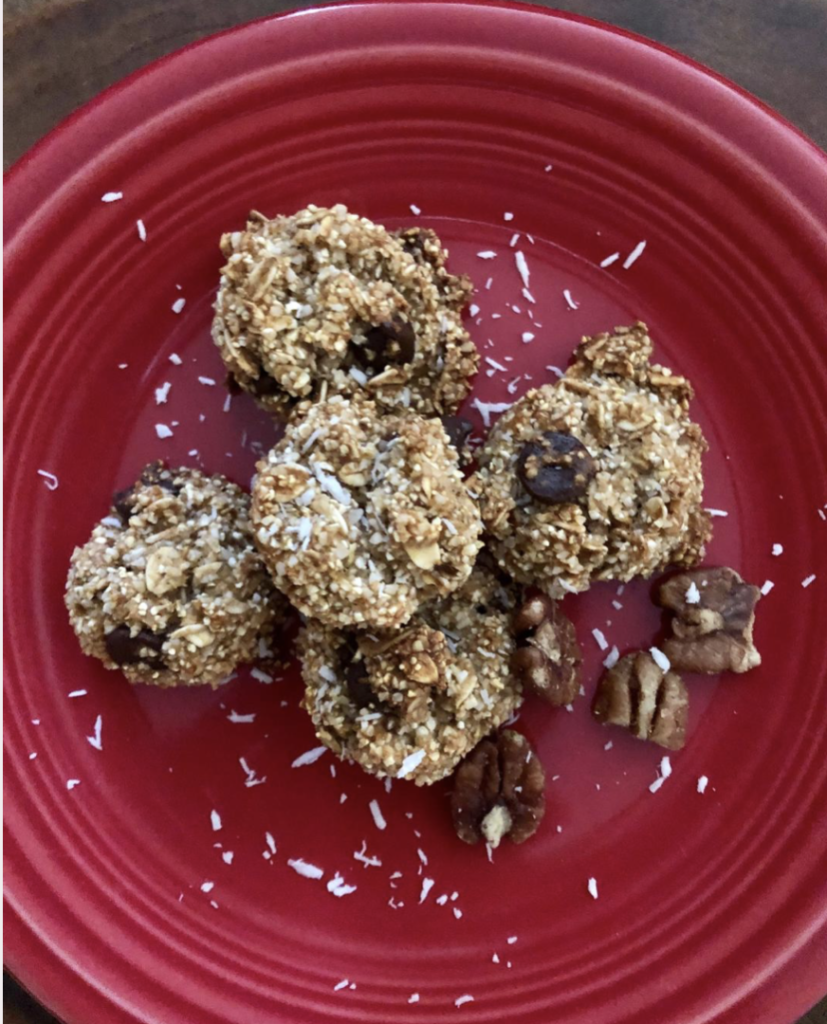
At this time, I’m involved in a beta chef’s cooking healthy eating group collaboration with RDs that provides culinary teaching and recipe input to a healthy strategy program.
I love food, and my background includes working with thousands of party planning events (and started my career in hotel catering that you already know if you’ve been reading some of my previous blog posts).
I’d hardly consider myself a chef-ette, but I have always had an adult culinary arts interest. 🧑🍳
…after hotels, I left the hospitality industry and went into more traditional Corporate America work, and then came back to the hospitality working world doing Mediterranean-cuisine (Lebanese, Spanish, and Italian) event planning for about a dozen foodie restaurants.
That’s really when my good food (gastronomy) tastes and senses were re-ignited and I had a chance to re-marry with my “food is medicine” approach to life.
…And if you come to my blog every week, you can plan on a lot of healthy inspiration in my upcoming blog posts (and get past those nasty winter blues).
And that’s especially good if you want to stay balanced from comfort stress eating that can get the best of us as we enter cooler months and warm holidays … and as we try to finish up stressful deadlines for the year!.
To bypass any winter mood funks and balance us, start the year with a healthy amount of a prime soup ingredient… salt.
Salt Talk For Your Low Sodium Healthy Soup Making
For soups, I avoid iodized salt. I don’t usually add table salt (like the ones in the packets) unless that’s all that’s available and the food isn’t already salted.
I alway buy “unsalted” ingredients when given an option.
If you eat out or eat prepared foods from groceries and restaurants, then you probably get enough salt. And probably more than enough salt in our highly processed foods.
On a DASH diet, lowering sodium is the recommendation.
When I’m cooking, I use sea salt (non-iodized) for everything and everyday use.
And then I use coarser natural sea salts like Celtic sea salt (or Himalayan or fleur de sel) for preparing meats to be baked in the oven, and for certain cooked vegetables.
Celtic sea salt is great for your rubs and on top as a garnish (not so much in mixing). The crystals are larger so they don’t blend as great as smaller salt granules. And I also Himalayan sea salt for additional healthy minerals.
And the gastronomic person in me, says coarser salt is absolutely necessary for the right flavor and texture on veggies like Brussel sprouts and edamame if you want a culinary meal experience (and not a bland one). Salt is as important as the veggie itself.
You can get away without using salt on certain veggies like broccoli or okra that hold their own tastes. If you add them to soups, the salt is usually already added.
So here are the 3 easy healthy soups that’ll help you with your salt cravings…
Easy Healthy Soup Recipes
Easy Low Sodium Healthy Soup #1: Mushroom Oat Soup
Cook mushrooms in a pot of covering water until soft, and add slow-cook oats. Mushrooms are immune-boosting and are alkaline. Cook until mushrooms are soft.
If you want, add a drizzle of cooking sherry, truffle oil, and saffron to get culinary fancy and balance umami tastes.
For more umami, add a dash of white pepper.
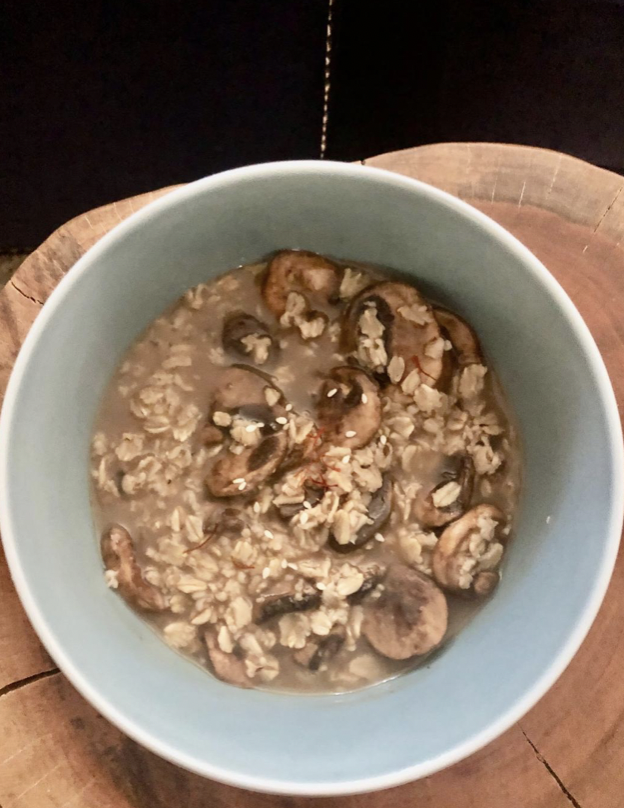
Low Sodium Healthy Soup #2: Carrot Ginger Soup
Print RecipeCarrot Ginger Soup
Ingredients
- cooked carrots
- ginger juice
- ginger spice
- ginger, chopped
- sunflower seeds (optional)
- dried parsley (optional)
- cumin and Old Bay (optional)
Instructions
- Cook carrots on medium heat. When soft, mash carrots. For smooth and easy-to-make soup, sdd to your Magic Bullet or blender and pulse a few times until it's to your smooth texture liking.
- Add ginger spiced and chopped ginger bits (if you prefer for a more pungent bite good for Kapha). You can also use ginger juice for less chunks, and spices.
- Zhugh with sunflower seeds and dried parsley if desired.
Cook carrots in water until soft, then mash and grate or squeeze ginger juices in the soup. You can finish off with alt-milk for a creamy-effect or just leave as is. That’s probably the way a.k.a. without ginger I would’ve preferred as a child 🧒🏻).

Easy Potato Soup or New England Clam Chowder
This low sodium healthy soup is easier to make than you may think! You can make delicious chowder from a simple potato soup base.
Peel and cook common Russet potatoes in a pot with water. You would do the same step if you were making mashed potatoes.
Then decide if you want a creamy soup. And if you do, pour out some of the water and then mash potatoes in the same stovetop pot. Still with the stove heat on, add in your ready-to-eat clams (3 large potatoes to about 5 ounces of clams you can cook or use a can).
I like to zhugh up with aromatic herbs, either fresh or with ground herb spices like cilantro, parsley, oregano, and/or basil.
If you’re not sure if you should add any herbs into your soup (if you’re feeding others), then parsley and thyme spices are less strong (more universally likable) and can be added in of left to individual tastes.
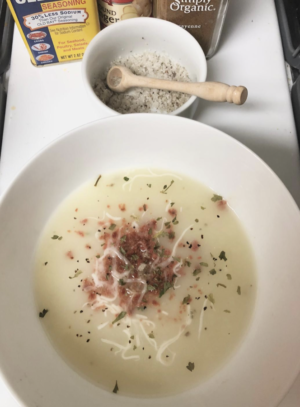
If you’re looking for a few easy-to-make snack ideas to go along with your healthy soup recipes or just to eat on their own, you can try…
Baked kale chips…
Or, homemade baked crackers – zesty za’atar crackers…
Or, popcorn…
Another different twist and take on changing up tastes, is this idea… instead of adding salt, you could add a ‘lil vinegar to your potato snacks and soup.
I like to add ACV vinegar but you could also try malt, red, or white vinegar… they’re healthier and also give the food a bit of a tangy bite.
I like to also add my daily spices (turmeric, black or white pepper once in awhile). I skip needing any salt after all those changes 😉.
So hopefully you are soup-er excited to make your comfort homemade and easy healthy soup recipes, and maybe you even choose to change up a way that you snack.
